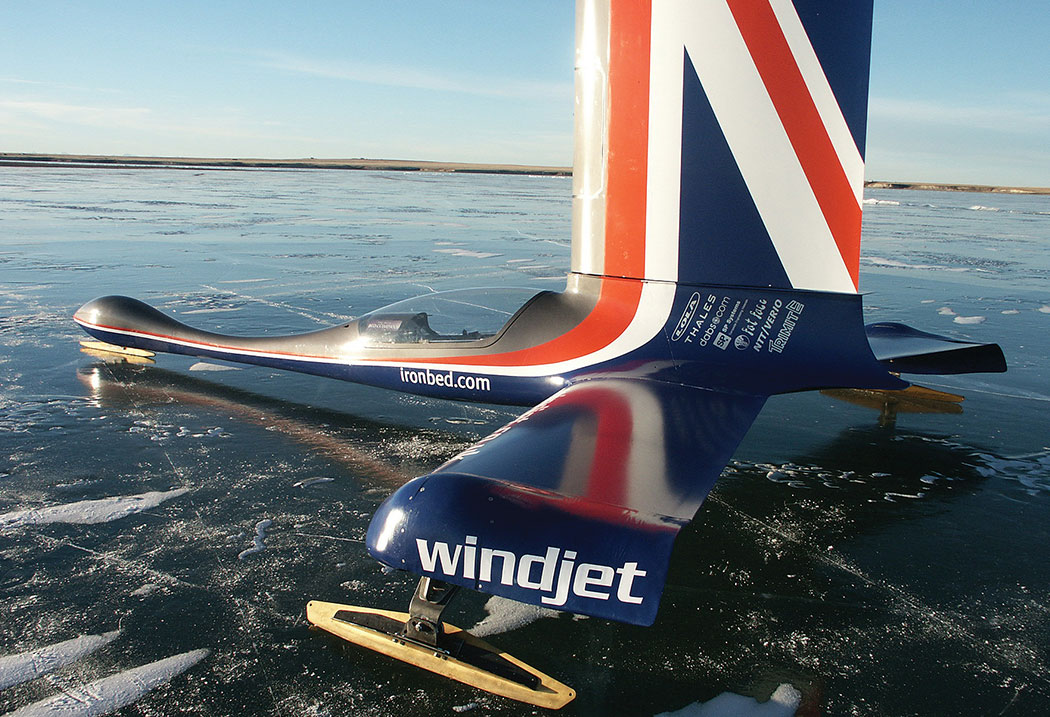Case Study

For some time now, Gurit has had a strong relationship with Richard Jenkins, the pilot of Windjet, and has supplied SE 84 carbon prepreg, structural foam cores and Nomex honeycomb to construct all of the Windjet craft. The unusual design of the vessels and Gurit’s high-performance structural materials have enabled the team to make a strong, lightweight structure that can cope with a myriad of weather conditions, whilst travelling at high speeds.
Gurit has been tracking the progress of Windjet and has keenly followed the Team’s attempt to smash three World Speed Records on land, ice and water, using wind powered vehicles. Advantage magazine documented Windjet’s impressive record-breaking success in the Spring 2002 issue, when the Team confidently claimed the British land speed record of 113.4 mph, just 3 mph shy of the official world record.
Not content to simply rest on their laurels, the Team constructed an all-new, second generation craft that is capable of traveling on both land and ice. In January of this year, the Windjet Team headed for Canada in an attempt to bring the Ice Speed Record to the UK and beat the existing world record of 143 mph, which has stood since 1938.
Unfortunately, this latest effort and determination was thwarted by unsuitable weather conditions and Windjet was forced to suspend its expedition in March. Despite travelling from Alberta to Ontario, a journey of over 3000 miles, the right combination of smooth ice and strong winds did not occur, with snow drifts and surface inconsistencies preventing the vessel from performing to its full potential. However, the vehicle’s innovative control systems and structure behaved superbly and the Team is very confident that the current record is well within reach in the right conditions. A top speed of 90 mph was recorded at Ghost Lake, near Calgary Alberta – still an impressive achievement.
During the three month expedition, the Windjet Team learned many valuable lessons about an incredibly alien and hostile environment, often operating at temperatures below minus 30°C. A considerable amount of data on wind and ice conditions was also gathered for use in future attempts. The Team remains motivated and is now back in the UK working on the construction of their revolutionary water craft. As always, the Team is reluctant to divulge any information about their latest project and all details remain confidential at this stage.
